WOMEN IN ABSTRACT EXPRESSIONISM
Denver Art Museum
June 12, 2016 – September 25, 2016
I'm all about disrupting the art historical canon. I wrote about this in my undergraduate thesis and I strive to find and fill the gaps in art history daily. To be honest, I was incredibly fortunate to catch this amazing show two days before it closed. I'm still speechless. Feminism really has come so far.
Work by Helen Frankenthaler
Abstract Expressionism is America's first homegrown modern art movement. Let that sink in. So that means that before the 1940/1950s, American institutions were borrowing concepts and ideas from other places and identifying those movements as American entities. Yes, I have proof. Man ... I didn't want to leave this show. My mind was racing with so many thoughts about my own life, experience as a women in the art field, and my work (both with art history and casual painting practice). It felt like I was walking through a mid-century daydream and each artist was a different character in a time travel film. This exhibition let me understand the real difference between a lot of colors versus a work of art. Something I struggle with in my own art. And it wasn't like these artists weren't taken seriously, they were just overshadowed. To this day, this is something that still needs more work. When you looked at these paintings, you eye doesn't look in one place. That is so intentional.
Each artist touched me on a different level:
Ethel Schwabacher 's work was the first painting I saw in the show. She made me feel a mix of emotional and accomplished. I made it all the way to Denver, Colorado to experience this.
Lee Krasner made me cry. "I will always be Mrs. Jackson Pollock. But I was painting before Pollock, after Pollock and after Pollock." This took me back into every twisted artistic relationship I have ever had. I kind of sympathize for Lee. She was married to a belligerent alcoholic who regularly cheated on her and even died in a car accident next to his mistress. His mistress, Ruth Kligman, suffered injuries but did not die. I personally thought her artwork was outstanding. A lot of her contemporaries disagreed. Did you know that she worked more in Pollock's studio than Pollock did? Almost three decades more. And yet art history loves to glorify the stigma of his signature "action drip paintings" rather than go deeper into those who worked alongside him. I would love to visit their home/studio one day. I must. I must. I must.
Helen Frankenthaler made me laugh. I looked at her work and saw the lovely women I went to art school with. She had the largest works in the show, perhaps some of the most beautiful. She referred to painting as "dancing" and really focused on her method of staining the canvas. She had a unique process. Her most notable quote was "first rule there is no rules." A beautiful reminder of my mantra: "make a rule to break the rule." Shoutout to University of Houston Art History/Art Criticism Professor Raphael Rubinstein.
Judith Godwin made me dance. Her dedication to Martha Graham is everything! Martha Graham is one of my biggest inspirations and I found Godwin's work exemplary. Graham's work Lamentation is heavy. Judith was set up between Lee Krasner, Elaine de Kooning, and the lounge which played music (from the playlist below) and showed old black and white photographs of each of the artists and their friends. The lounge was tasteful. It had words like "activist," "friend," and "explorer" printed on the wall. Lots of alcohol. Lots of cigarettes. I think the important thing is that each of the women looked radiantly happy while they worked.
Mary Abbott made me cool down. Her work "All Green" was displayed outside of the area where the film was shown. After hearing all of the amazing quotes and commentary as well as exhausting my hands with taking all of the notes, I was able to adjust my eyes and situate myself back in the exhibition.
Elaine de Kooning made me "go all the way in." Well ... she and Helen's. These works are normally known as simply just "abstract expressionism" but if you look closer at the works you can see small realistic elements. For instance, in one of Elaine's works you can see a bowl. In one of Helen's works you can see a face, a human's face. So they blend and play with inserting their reality in abstract chaos.
Perle Fine made me take a deep breath. I loved her black and white clusters.
Grace Hartigan made me burn. She has these big red paintings that intensely struck me. Totally on fire.
Deborah Remington made me feel real. She had this amazing quote: "Painting gives me the greatest happiness. At other times, it is the most painful activity that I've ever indulged in. It's hard work and a confrontation with the nitty-gritty of oneself, whether you like it or not." I love this philosophy. This reminded me a lot of writing. Being a writer means that you are willing to do the work, no matter how hard it is.
Joan Mitchell made me feel complicated. She also had a brilliant quote: "I would rather leave nature to itself. It is quite beautiful enough as it is. I do not want to improve it... I could certainly never mirror it. I would like more to paint what it leaves me with." She described her paintings as being like poems. She had quite a methodical approach to painting. It was aggressive. She called this "the freedom in work that is quite controlled."
Moving on to the Bay Area artists: Sonia Gechtoff made me burst and Jay DeFeo made my mind experiment. You see I thought the show would be only dedicated to New York City artists because it was an "AbEx" show after all. But! They found a way and proved that there were similar trends going on in the Bay Area. Sonia gave great insight in the film. She "was able to progress because she didn't have the hang ups to deal with like the women in New York City did." She later moved to New York City. Ironic.
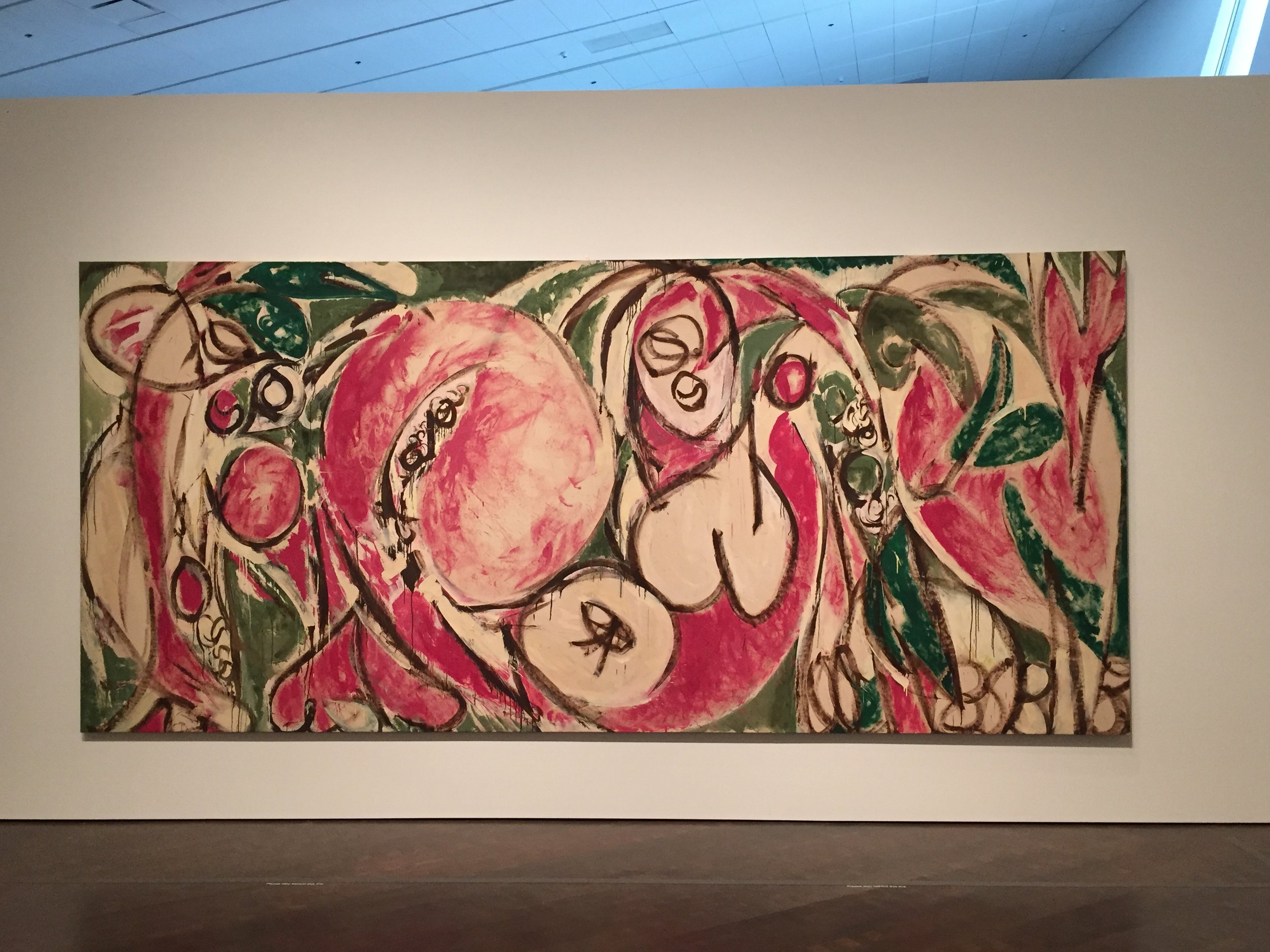
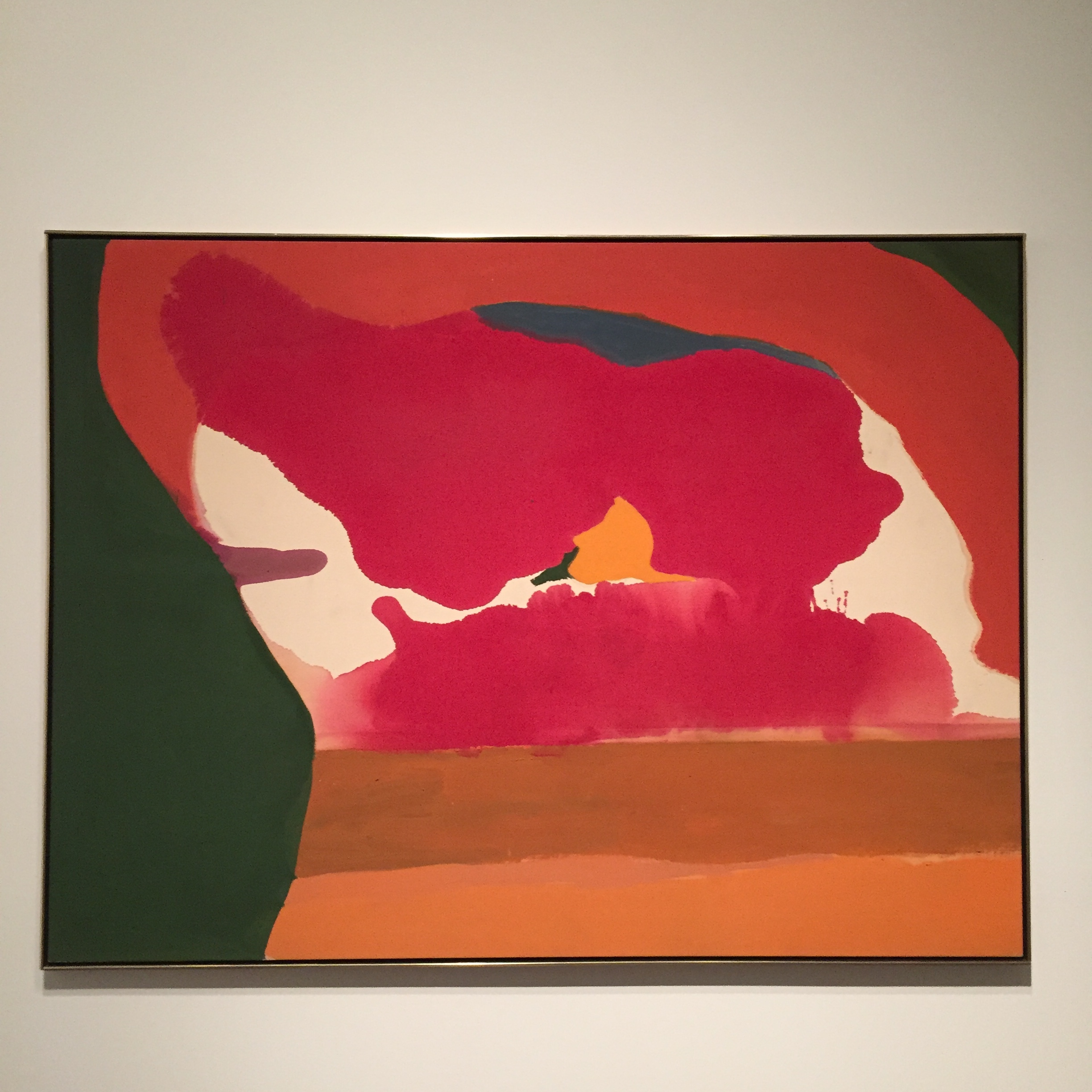
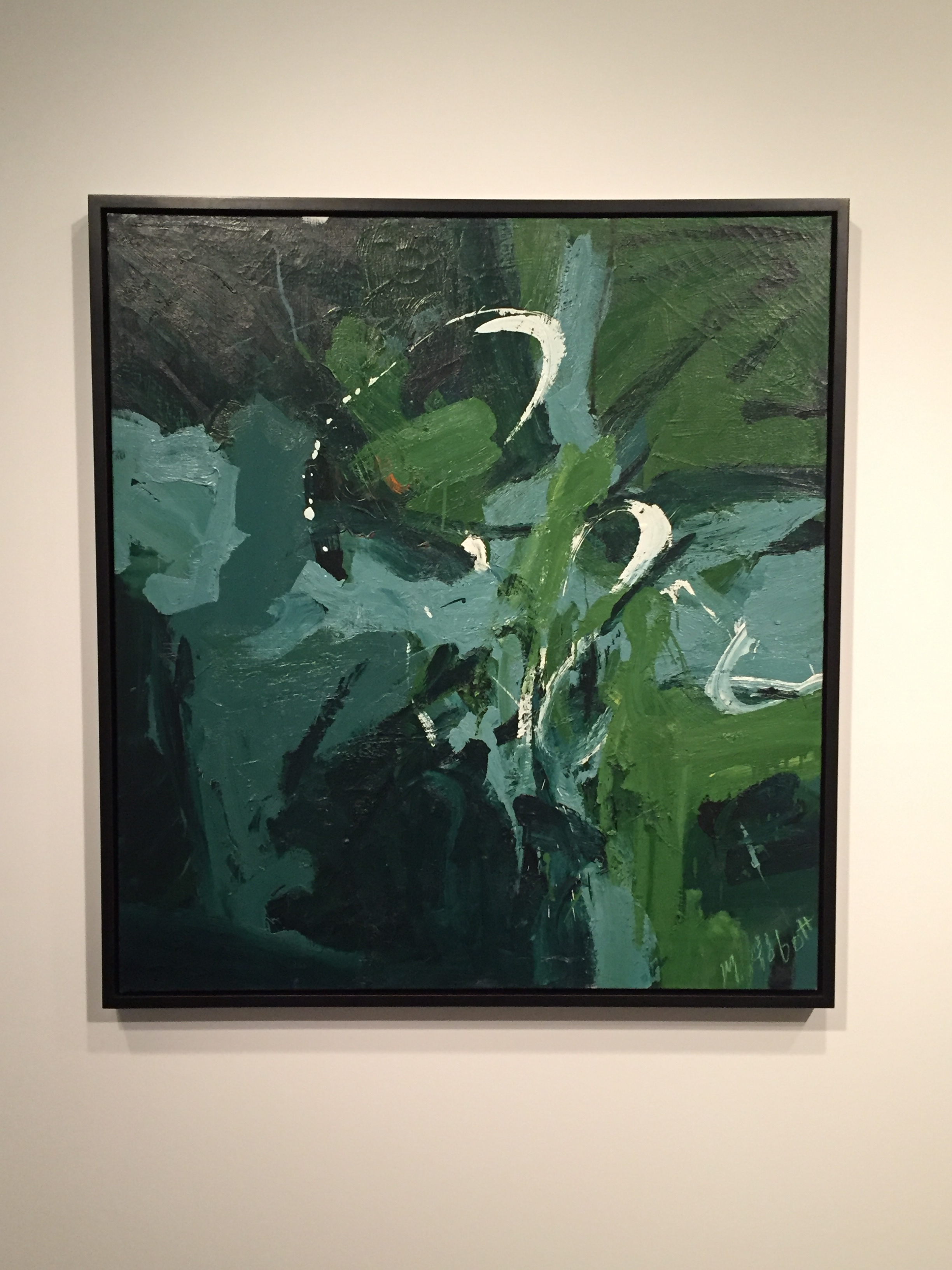
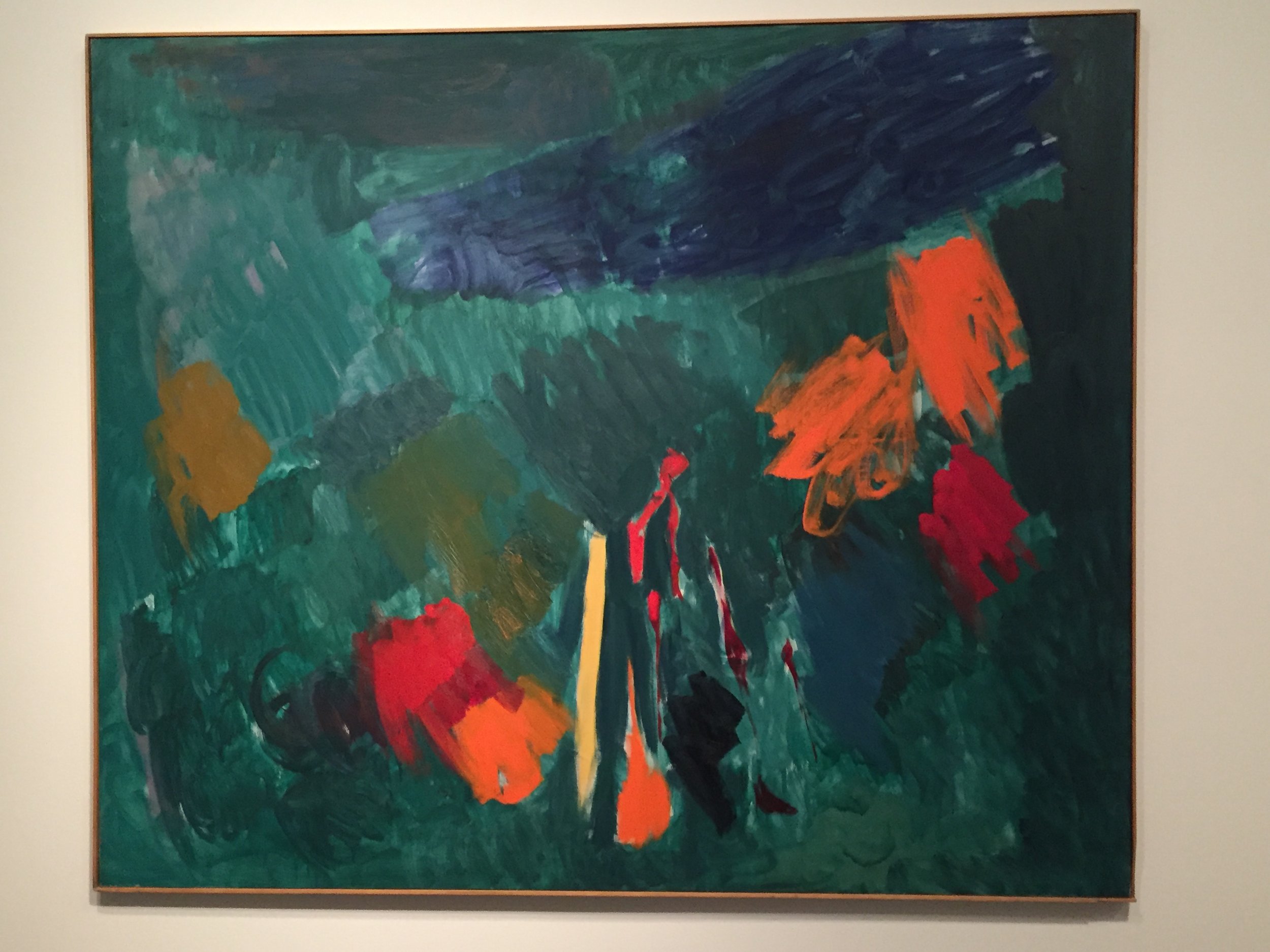
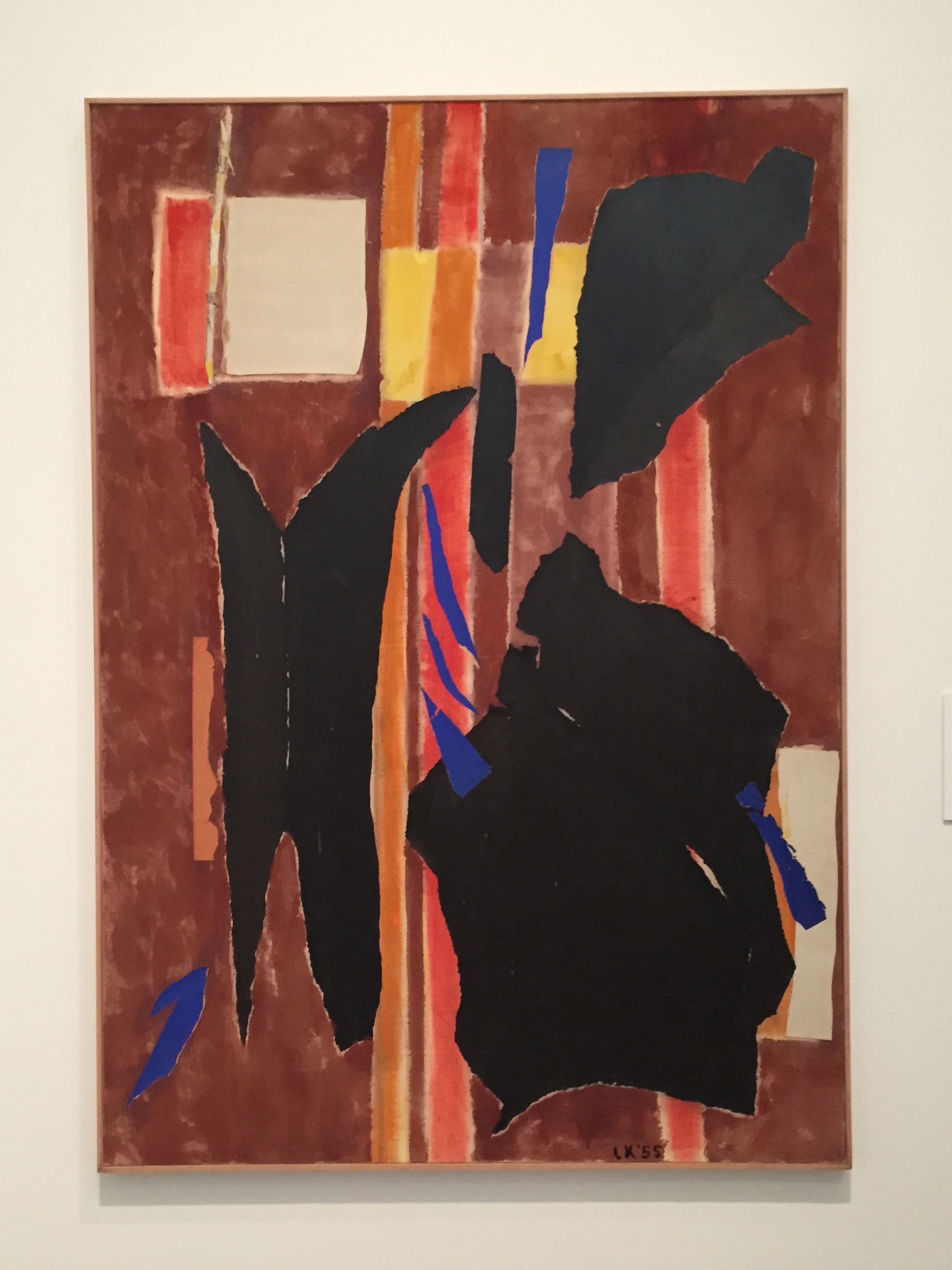
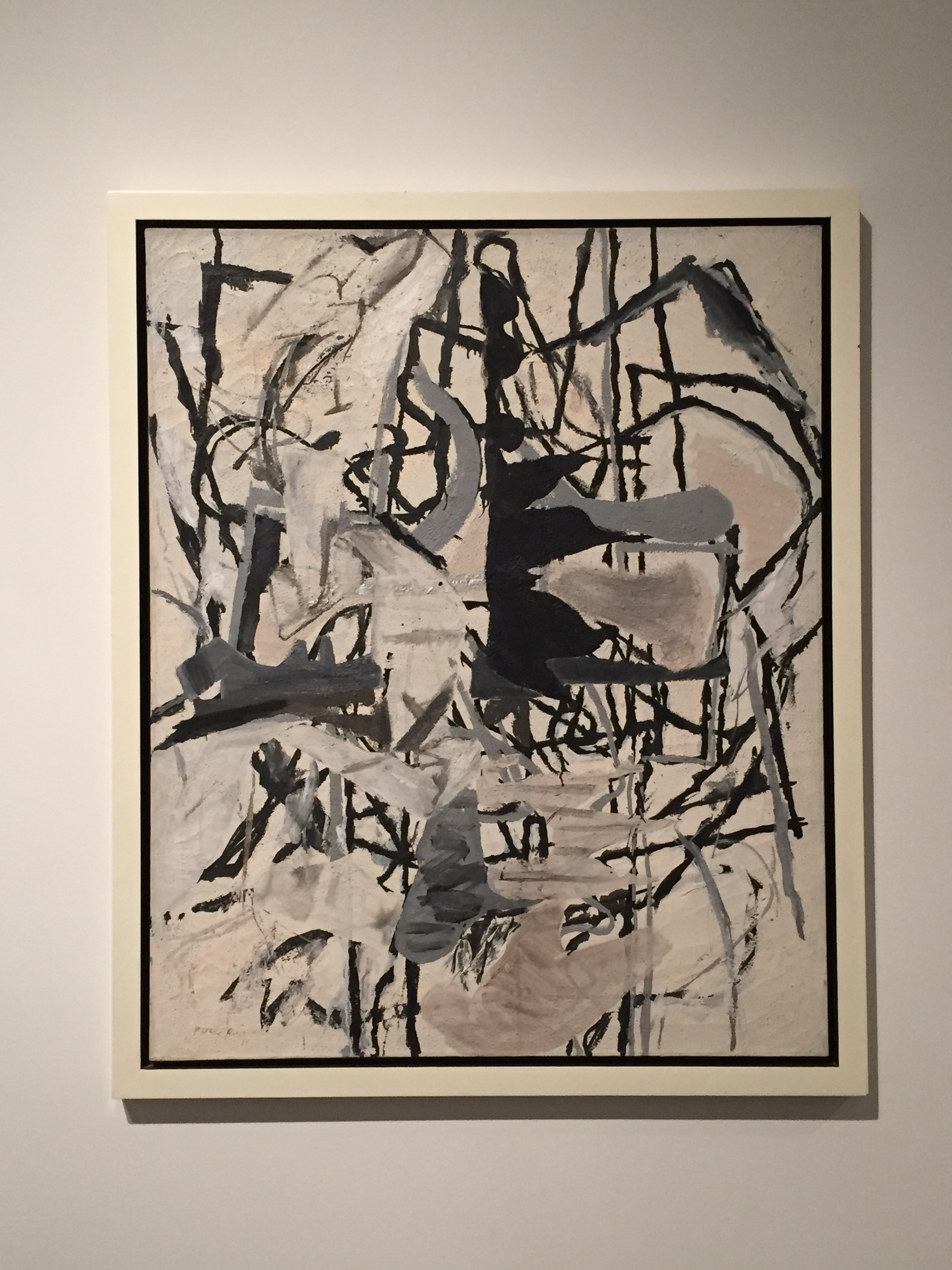
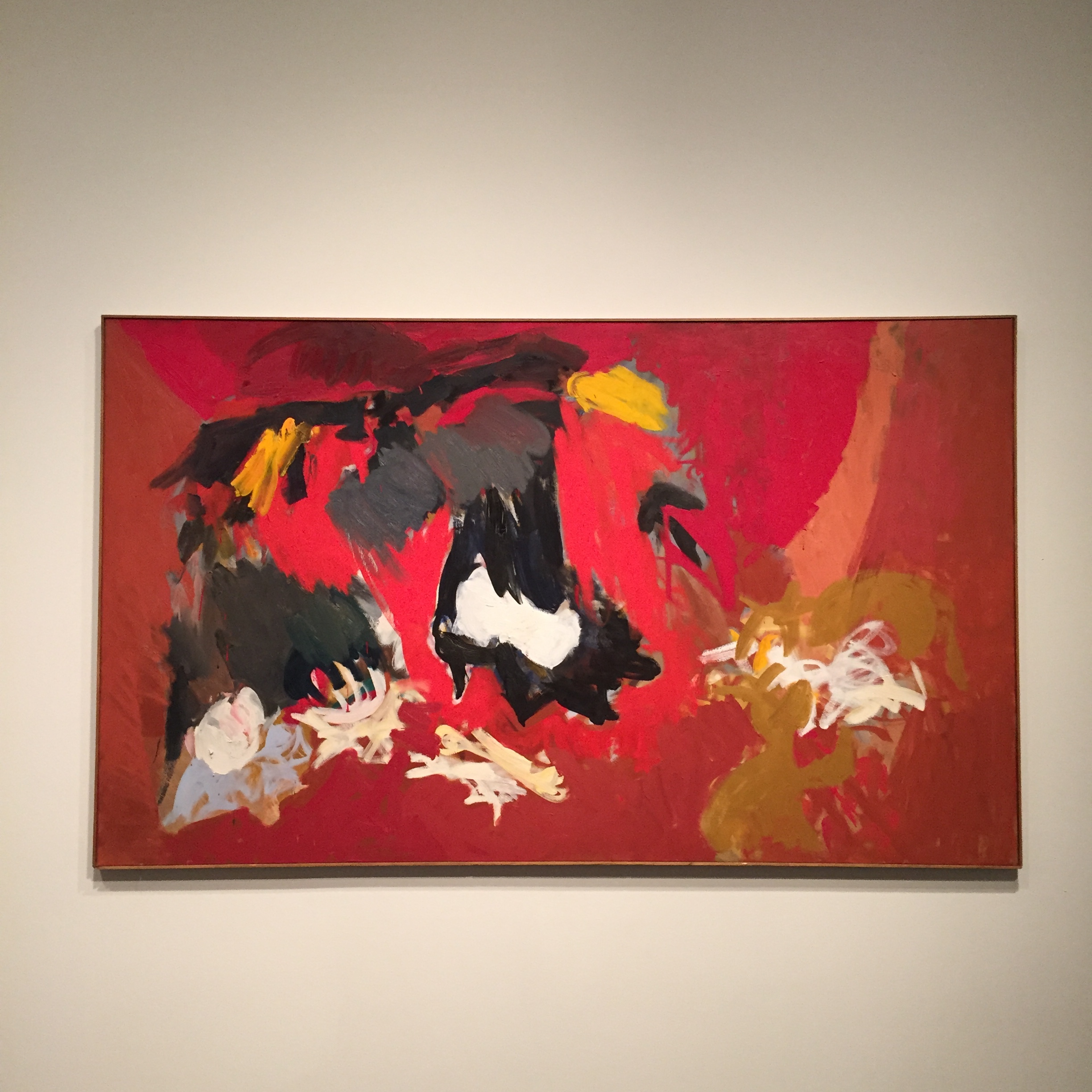
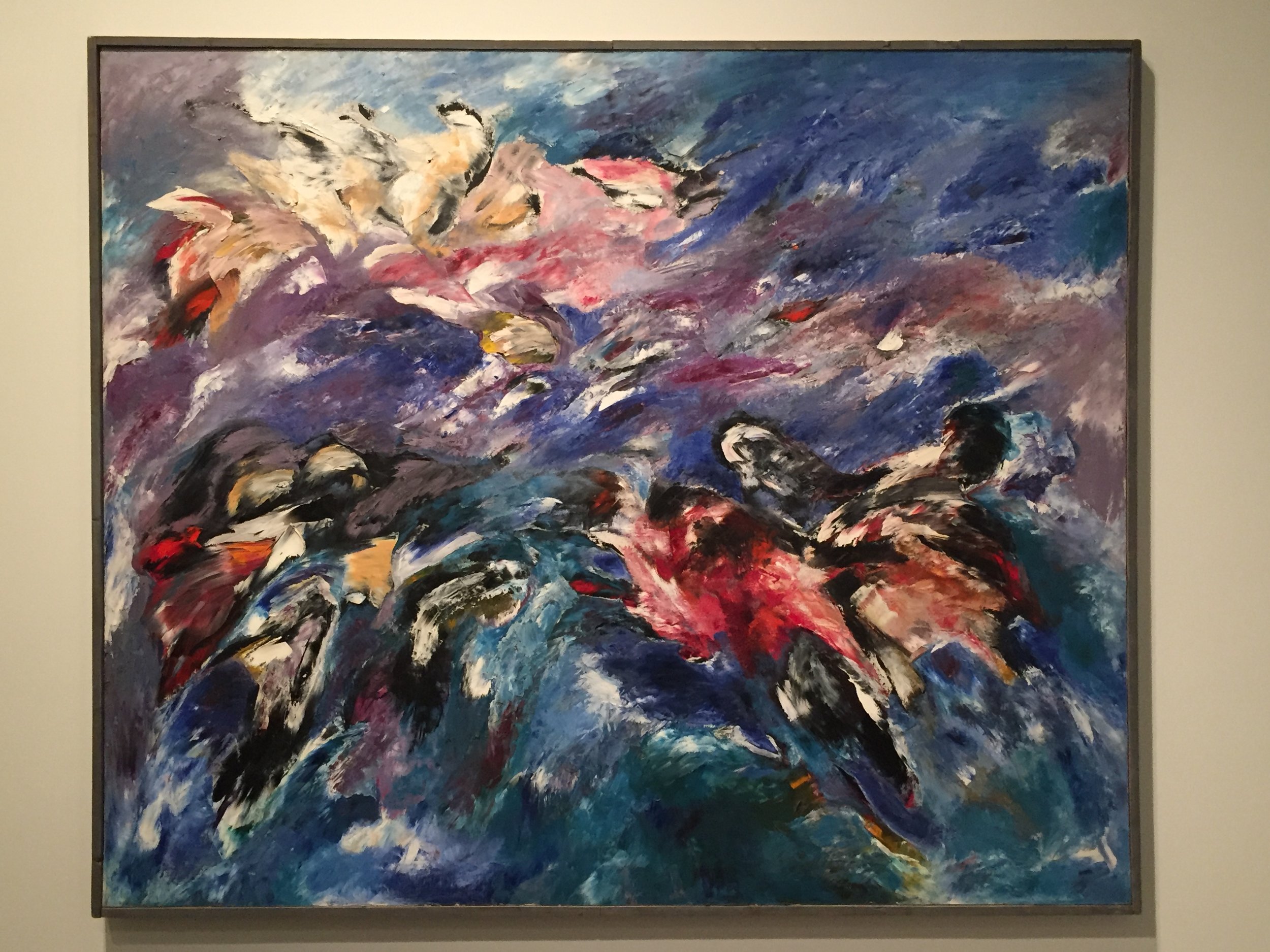
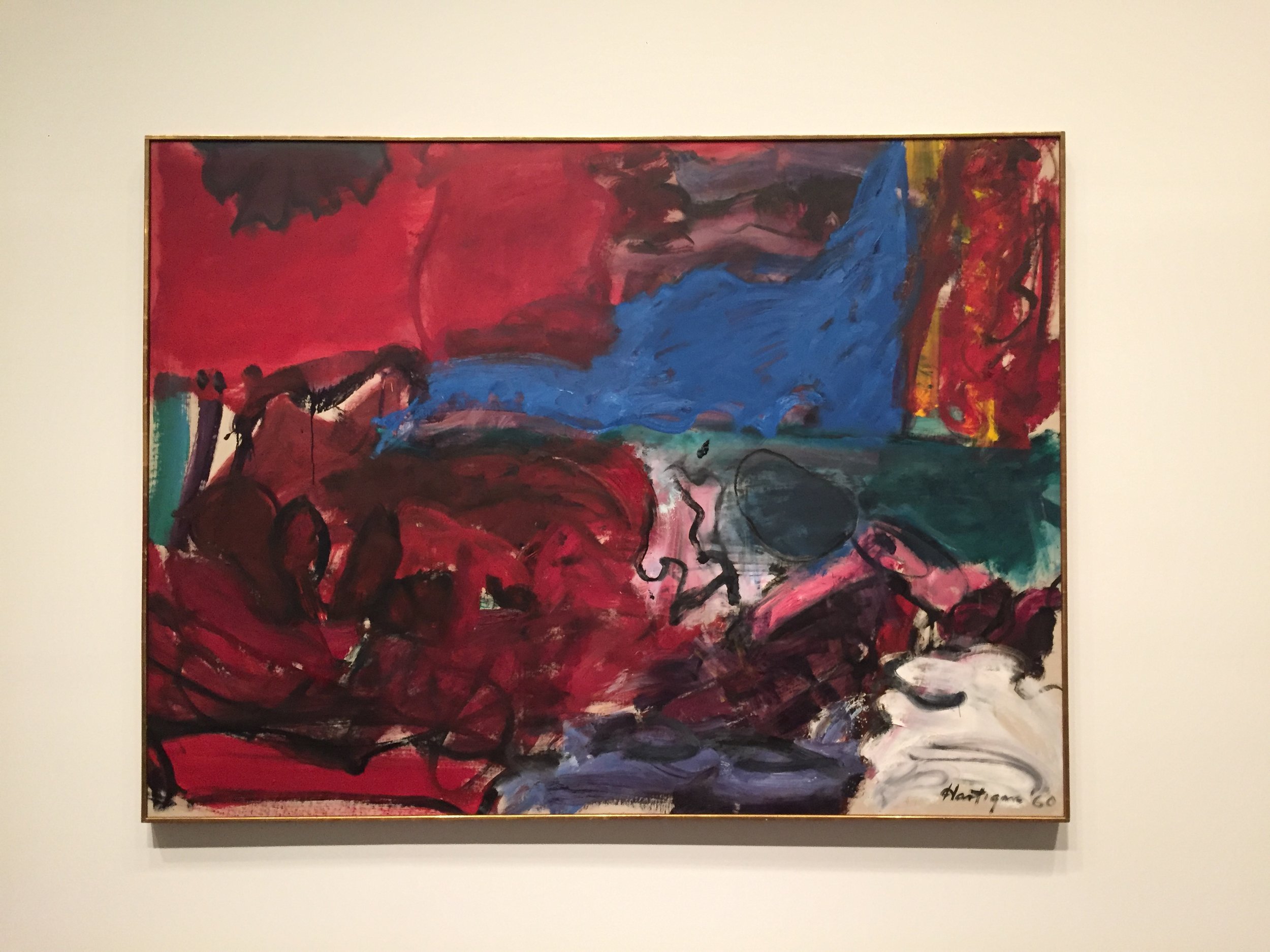
The groundbreaking exhibition Women of Abstract Expressionism celebrates the often unknown female artists of this mid-twentieth-century art movement. More than 50 major paintings are on view by artists working on the East and West Coasts during the 1940s and '50s: Mary Abbott, Jay DeFeo, Perle Fine, Helen Frankenthaler, Sonia Gechtoff, Judith Godwin, Grace Hartigan, Elaine de Kooning, Lee Krasner, Joan Mitchell, Deborah Remington, and Ethel Schwabacher. This is the first presentation of works by these artists together at one time.
Women of Abstract Expressionism focuses on the expressive freedom of direct gesture and process at the core of abstract expressionism, while revealing inward reverie and painterly expression in these works by individuals responding to particular places, memories, and life experiences.
An original video is on view in the exhibition, and includes accounts about exciting moments in these artists' lives, as well as issues affecting women during this time period. An educational lounge offers a space for visitors to explore the climate of the 1950s through images, ephemera, and music, a glimpse into other aspects of the artists' lives, and a chance to reflect upon and share personal experiences.
An illustrated catalog accompanied the exhibition (the catalog is now sold out).
The exhibition is organized by the Denver Art Museum and curated by Gwen Chanzit, the museum's curator of modern art. After the DAM, the exhibition will travel to the Mint Museum, Charlotte, October 22, 2016–January 22, 2017 and the Palm Springs Art Museum February 18–May 29, 2017.
Hyperallergic also covered the exhibition:

